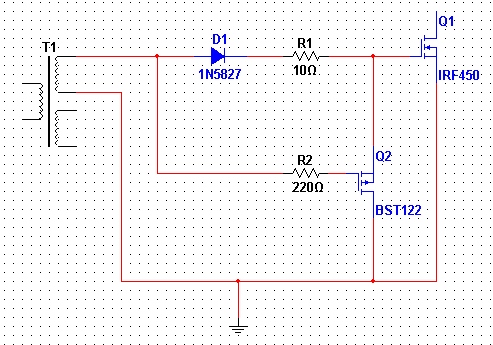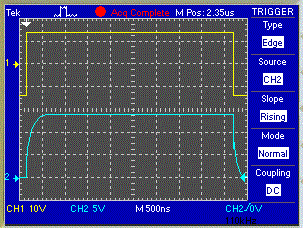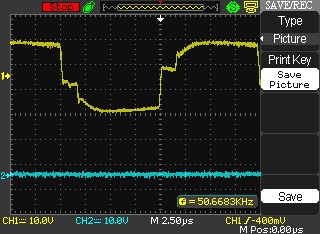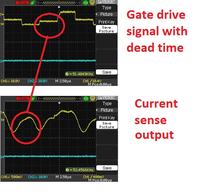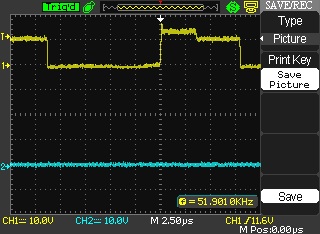zeus_threat
Member level 2

Hi Fvm thanks for the reply. Ok If i consider your first option i.e. Orson's option i would be driving the primary with a push pull CMOS I will search on that. I have some CD4011 handy could that do the job????
Am also thinking is there is any tuning that could be done to the BD139/140 that could help solve this issue?
Regarding your second option, do you have any schematic regarding this.
Thanks
Am also thinking is there is any tuning that could be done to the BD139/140 that could help solve this issue?
Regarding your second option, do you have any schematic regarding this.
Thanks
Last edited:



